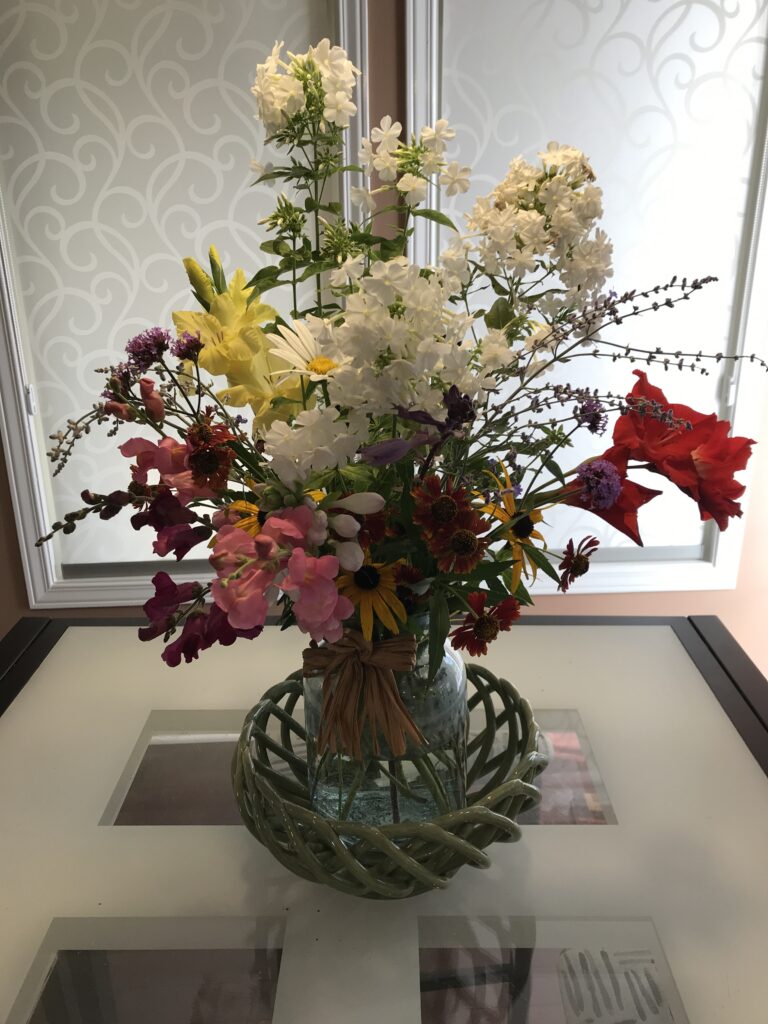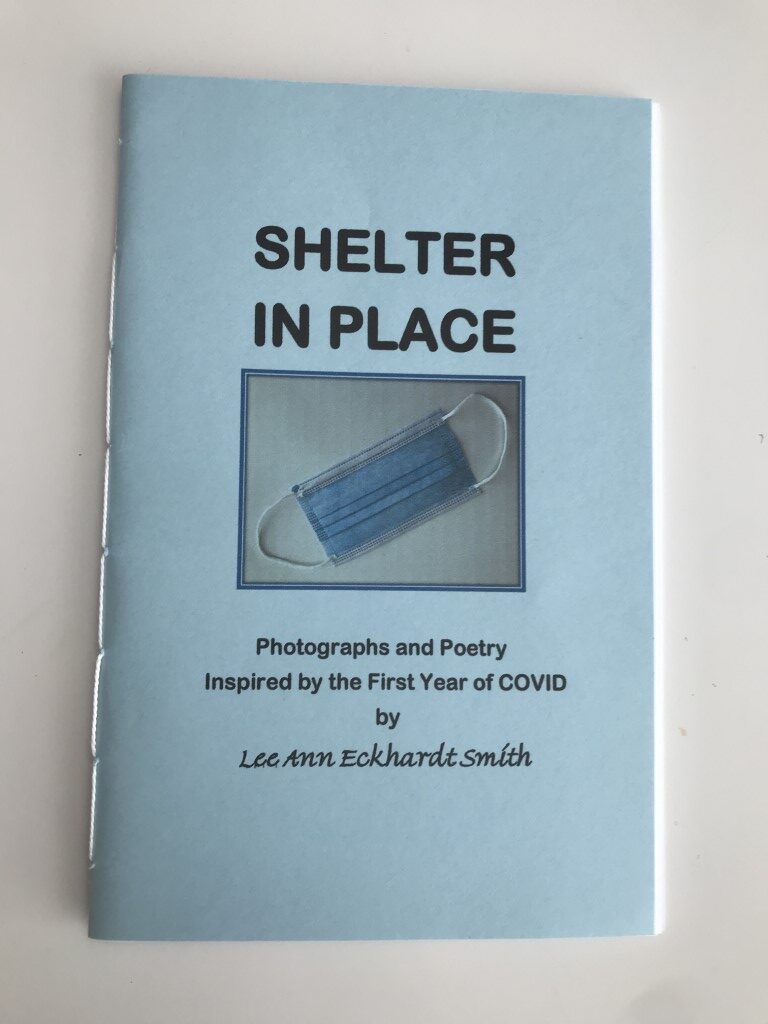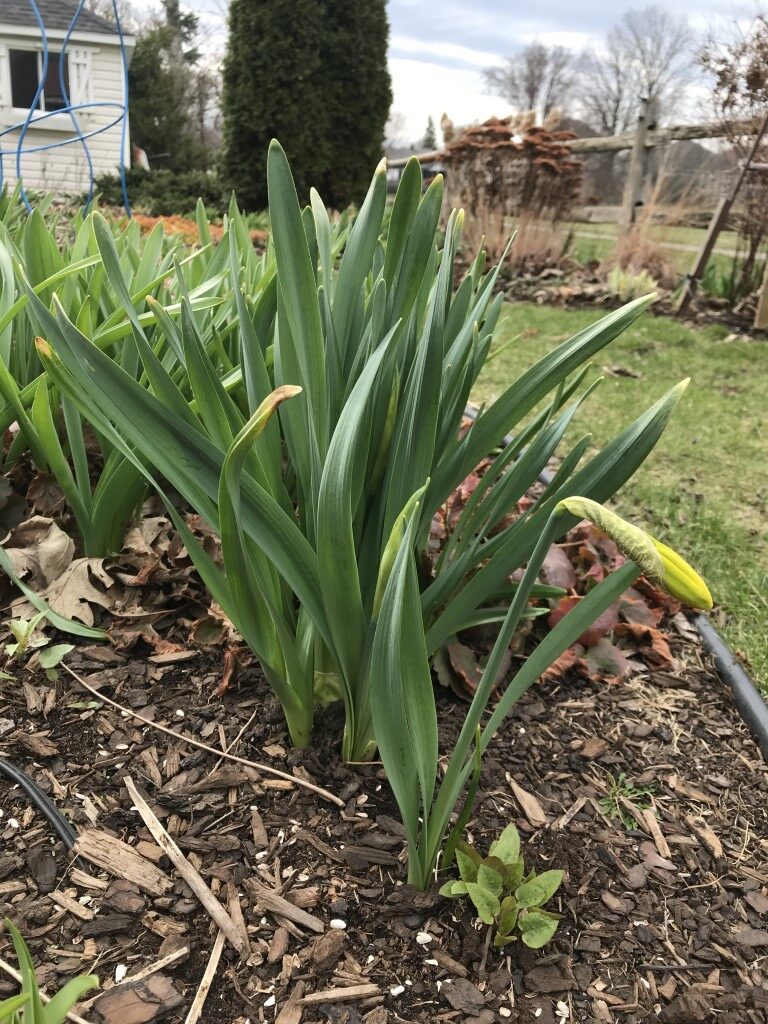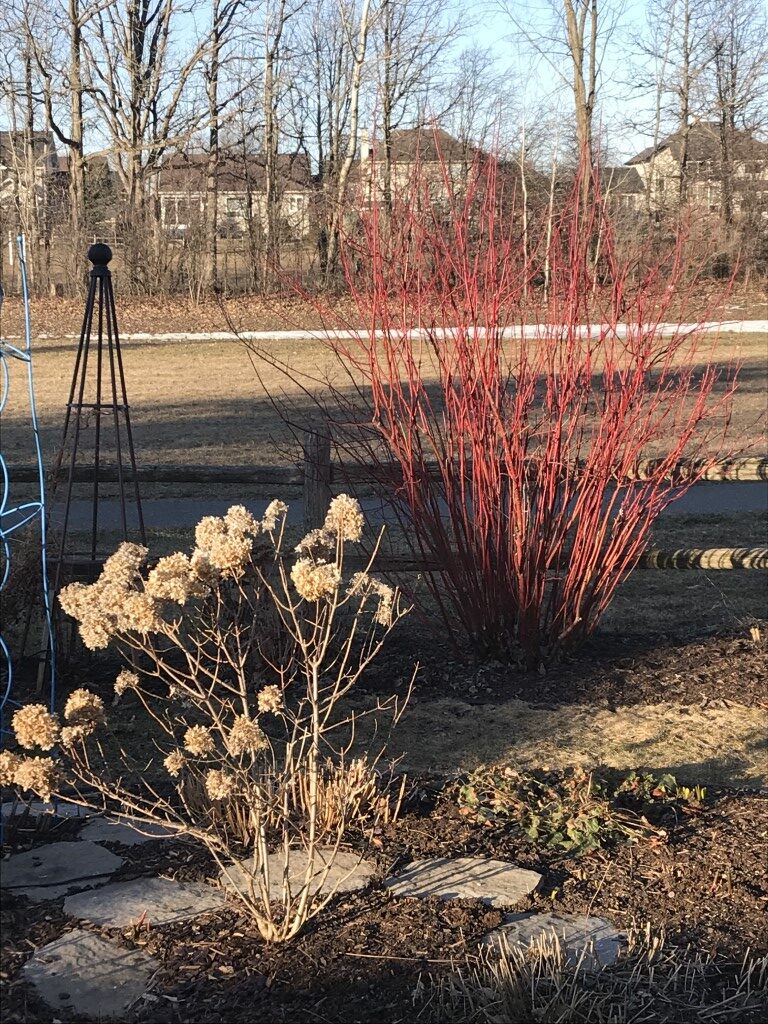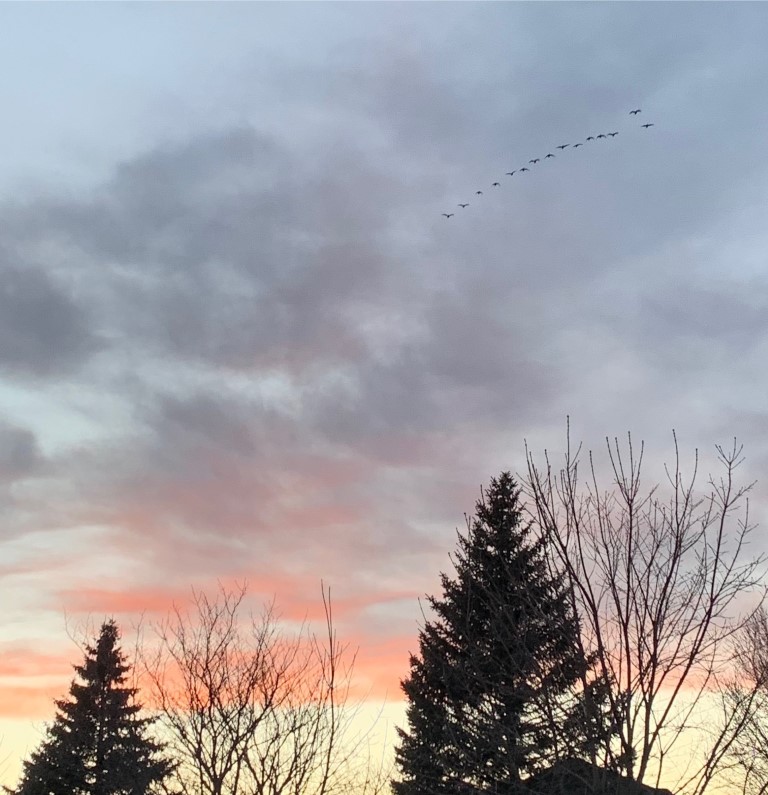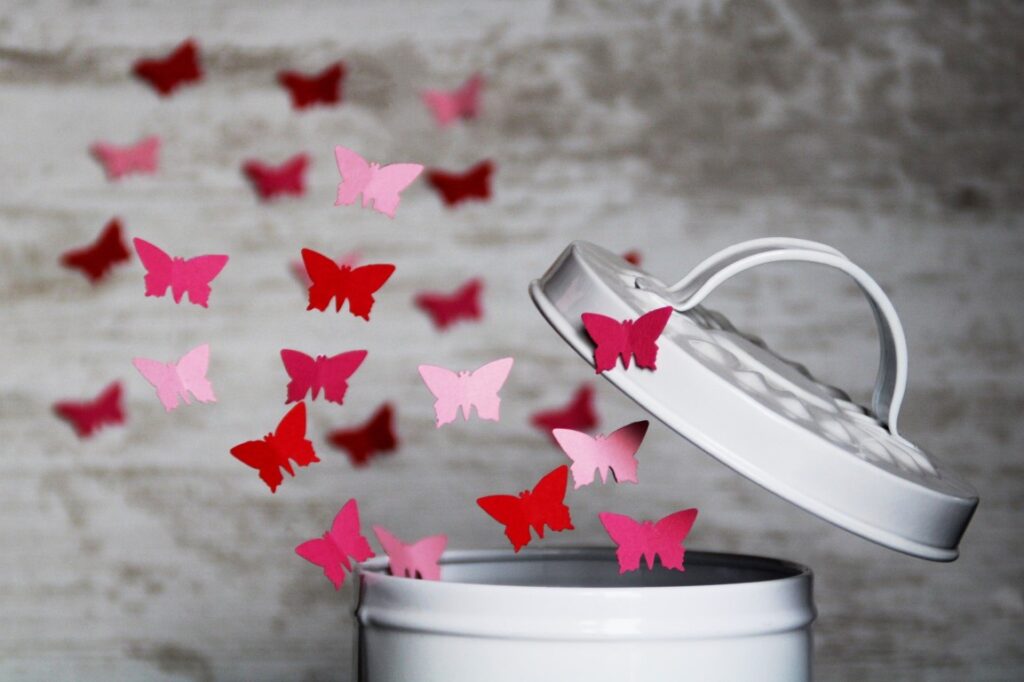IT’S NATIONAL POETRY MONTH! Something for everyone – yes, you too!
I hear you celebrating out there – try to keep it down, OK, poets are busy writing!
The Academy of American Poets started National Poetry Month in 1996. You might not know that it has grown to be one of the largest literary celebrations in the world. Readers, students, K–12 teachers, librarians, booksellers, literary events curators, publishers, bloggers, and—of course—poets take part in a variety of activities and events in order to recognize and promote the value of poetry. Many poets – me included – challenge themselves to write a poem a day during the month of April.
The League of Canadian Poets launched National Poetry Month in Canada in 1998. The League defines a theme every year, inspiring poets and poetry lovers alike. This year, it’s WEATHER.
Well, there’s a theme that never stops inspiring Canadians…!
Mother Nature got right into the spirit of things last week, blowing up a huge storm across Ontario and Quebec that dumped about 15cm of wet snow on top of all the spring greenery that had started to poke up in my garden. It all melted 24 hours later, but meantime, my poetry prompt of the day was metaphor and I certainly found myself inspired!
While you may not be inclined to scribble some poetic lines of your own (and why not??) there are plenty of ways to get into the world of poetry this month. Read some Dr. Seuss or Shel Silverstein to your kids or grandkids. Sing in the shower or the car and marvel at the lyrics behind the music. Take a poet to lunch! (Just kidding… sort of…)
Meanwhile, I hope you enjoy “Snowsuit.”
Lee Ann
What Else is New?
Now that Nature has had her last hurrah, you’re probably as keen as I am to get out to the garden. Just in time, the Master Gardeners of Ottawa-Carleton have launched their popular garden lecture series. Each hour-long Zoom session is delivered by an enthusiastic and knowledgeable Master Gardener. You don’t have to live in Ottawa to benefit from these informative and fun sessions, offered in partnership with Friends of the Central Experimental Farm (FCEF). Bonus poetry prompt: write a verse about your favourite weed or bug.
